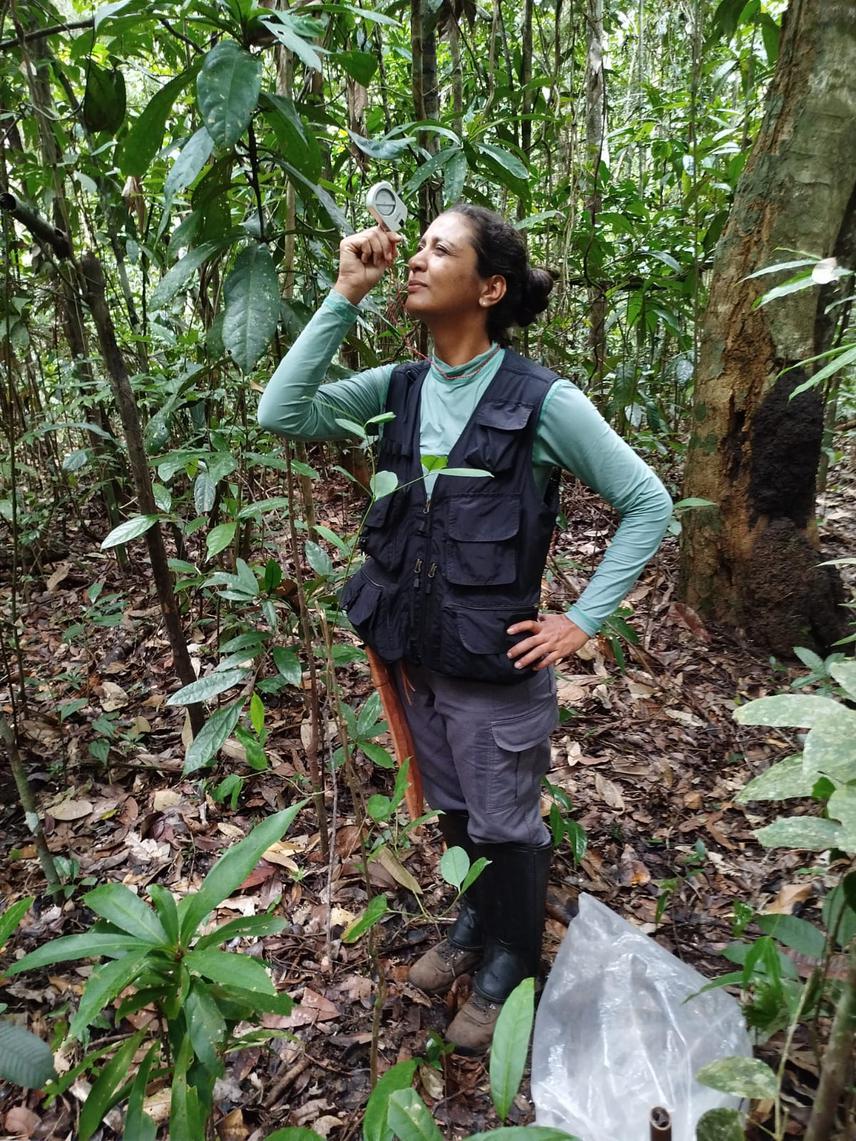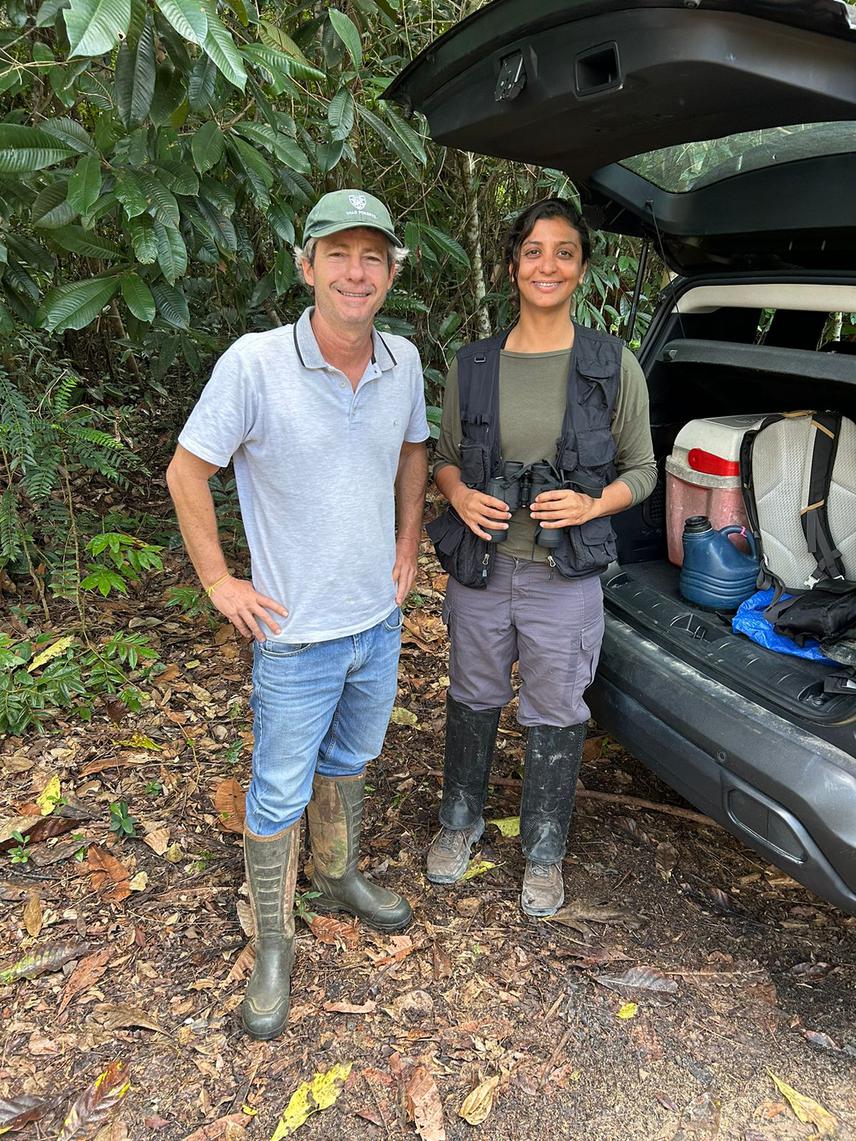Marillia Botelho Da Silva Bomfim
Tropical forest ecosystems play a crucial role in mitigating global warming, as they absorb CO2 (carbon dioxide) from the atmosphere through photosynthesis and store significant amounts of carbon in their biomass. Anthropogenic disturbances in forest ecosystems alter soil fertility, reduce biodiversity, and contribute to climate change. Given the high level of these disturbances, forest restoration practices become fundamental for the reconstitution of these ecosystems. Understanding restoration techniques in areas with different levels of regeneration, through forest inventories that include information on the identification and biometrics of tree species, is fundamental to evaluate effective strategies for recovering forest ecosystems, as well as the potential for carbon sequestration. Studies on restoration techniques play an important role in biodiversity conservation, providing valuable information to guide conservation actions and promote the recovery of degraded ecosystems. Therefore, this study aims to evaluate the effect of different restoration techniques on the composition of forest species, vegetation structure, and carbon stock.

Using the clinometer to measure the angle and calculate the height of the trees. ©Willy Silva Santos.
The study area is located in the Northeast region of Brazil, in the southern coastal area of the state of Bahia, within the Atlantic Forest biome, within the municipal limits of Porto Seguro. Ten sample units (plots) of 30 x 30 m will be established in 12-year restoration areas. Five plots will be marked in areas of Seedling Restoration (RCM), which were formerly pasture areas; and five in areas of Incremental Restoration (RCI), which were areas with existing vegetation. In the plots, tree individuals with a diameter at breast height (DBH) ≥ 5 cm will be selected for species identification and height estimation. Individuals with DBH < 5 cm and height ≥ 2 m will be counted in the total plot (30 x 30 m), as well as regenerating individuals with heights between 50 and 200 cm will be counted in the sub-plot of 4 m x 25 m. Despite the vast diversity of native Brazilian trees, there are still few studies that seek to elucidate the effects of different forest management practices on biodiversity and carbon storage capacity. In this context, with this project, it is expected to contribute to more efficient conservation practices, especially by informing restoration strategies that enhance biodiversity and carbon sequestration in different environmental contexts.

On the right side of the photo, advisor Professor Daniel Piotto during a visit to the study plots. ©Edie Carvalho Ribeiro Ferraz.
Header: Field team preparing herbarium specimens of the collected plant material. ©Marília Botelho da Silva Bomfim. Thumbnail: observing the tree canopy to check for the presence of flowers or fruit. ©Haislane Campos Sena.